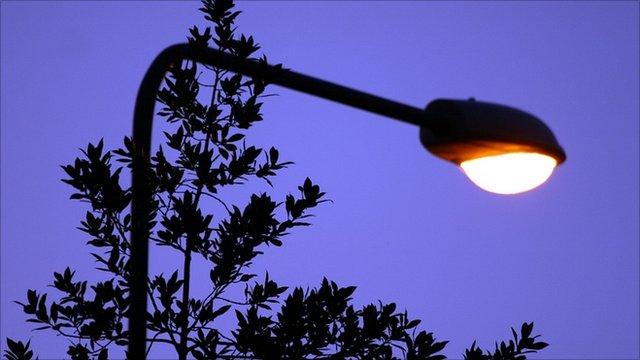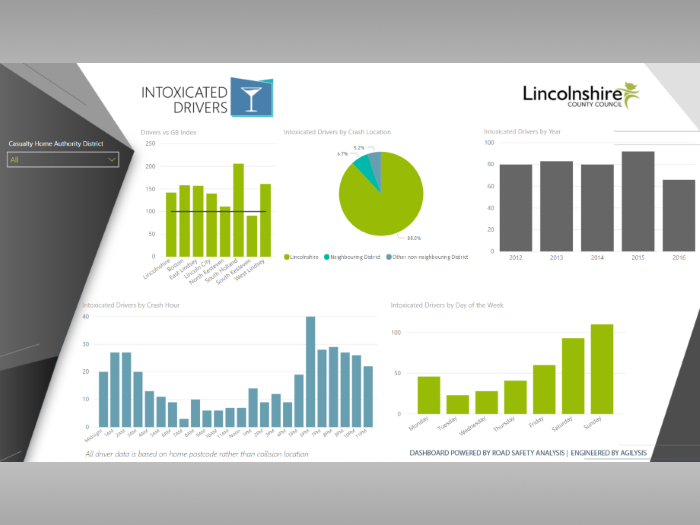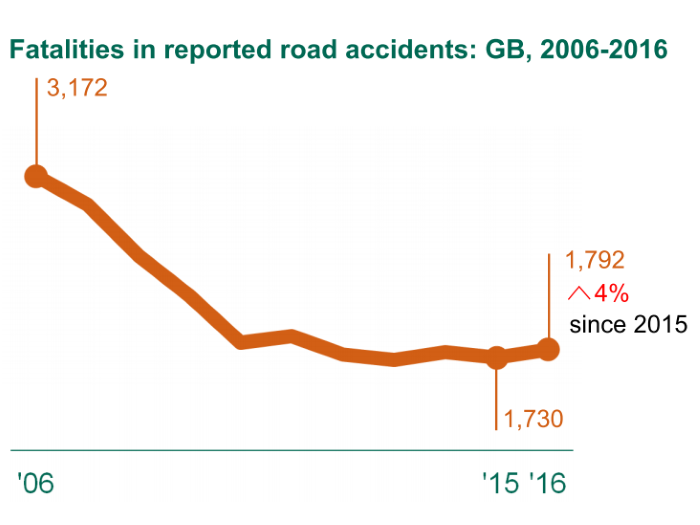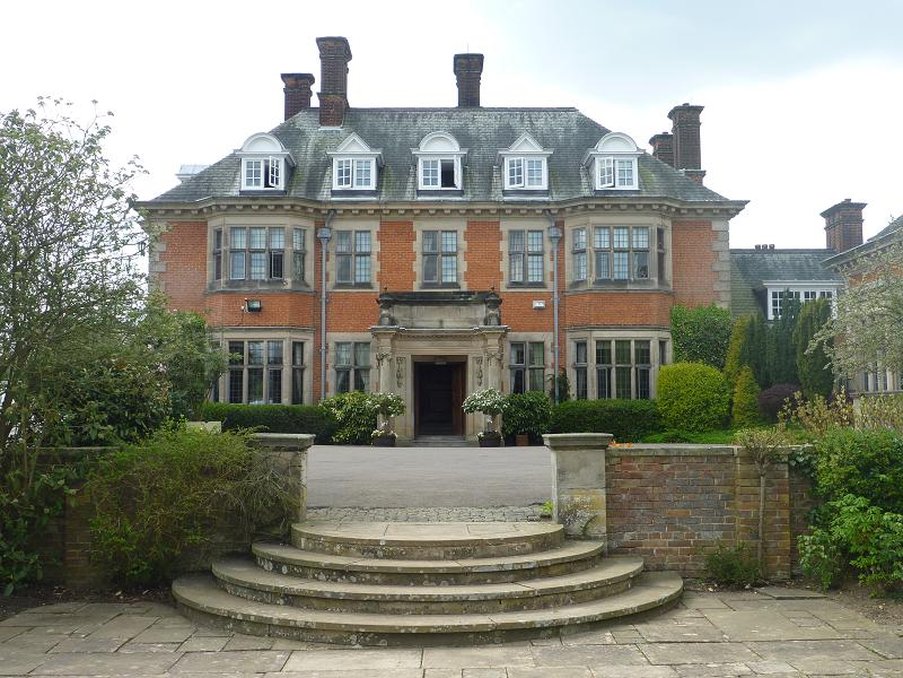
Annual Conference 2014
March 17, 2014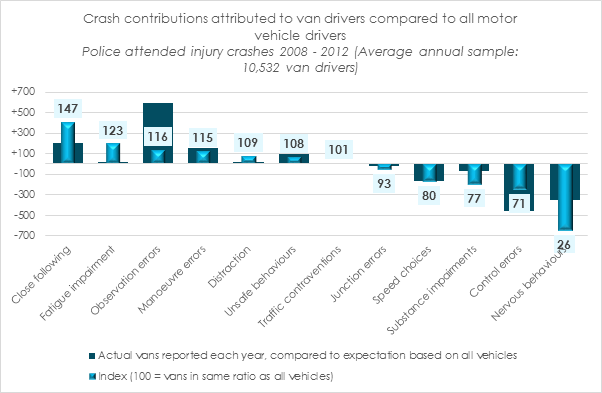
New Insight into Van Driver Crashes
June 30, 2014Are Casualties Rising Where Street-Lights are Turned Off?
On 20th April 2014 The Times [published an article] titled, ‘Big rise in deaths on streets with lights turned off’. As well as the rather scary headline, the use of STATS19 data to calculate the figures not normally exposed by the DfT in its annual reviews caught our eye.
The report suggested that there had been a rise of 20% over four years with 324 more people killed or seriously injured in crashes at night where street lights were unlit in 2011 and 2012, compared to the previous two year period.
This was set against a background of ‘750,000 streetlights being turned off or dimmed to save money and reduce emissions’.
We contacted The Times who were more than happy to share their methodology:
- KSI casualties (not collisions, which in our view would be the more appropriate metric)
- Lighting conditions – Street lights present but not lit
- Non-strategic roads i.e. roads under the control of local highway authorities

We actually found slightly different numbers when looking at all casualties, probably due to small variations in how the strategic network is defined, but confirmed that the statistics quoted were broadly accurate. We then went further back to 2005, to see whether this recent increase was part of a long term trend. The chart below shows the total number of recorded casualties in each calendar year together with the numbers that were recorded when the conditions used by The Times were met.

Of course, the Times article was prompted by the decisions made by highway authorities in recent years to turn off or dim street lights and therefore the increase could be seen in this context, rather than the longer period that preceded 2009.
What we really need to know in order to carry out a robust assessment of this ‘phenomenon’ goes beyond what can be achieved with STATS19 alone. Our data 'shopping list' to undertake such research would be as follows:
- 1: Stretches of local roads that have street lights present
- 2: As 1, and have remained continuously lit at the same (full) level of brightness.
- 3: As 1, but that have been switched off at certain times of the night (together with the times of non-operation).
- 4: As 1, but have been dimmed for a period of time at night (together with the times of dimming).
- 5: The dates when the changes in illumination were put in place.
If this data was made available it would be relatively straightforward to analyse collision rates per mile at the different site types and come up with a more robust conclusion. Until this is carried out we feel that these results are simply speculation and cannot be regarded as a robust, although The Times should certainly be congratulated for tackling the subject and raising an important issue.

